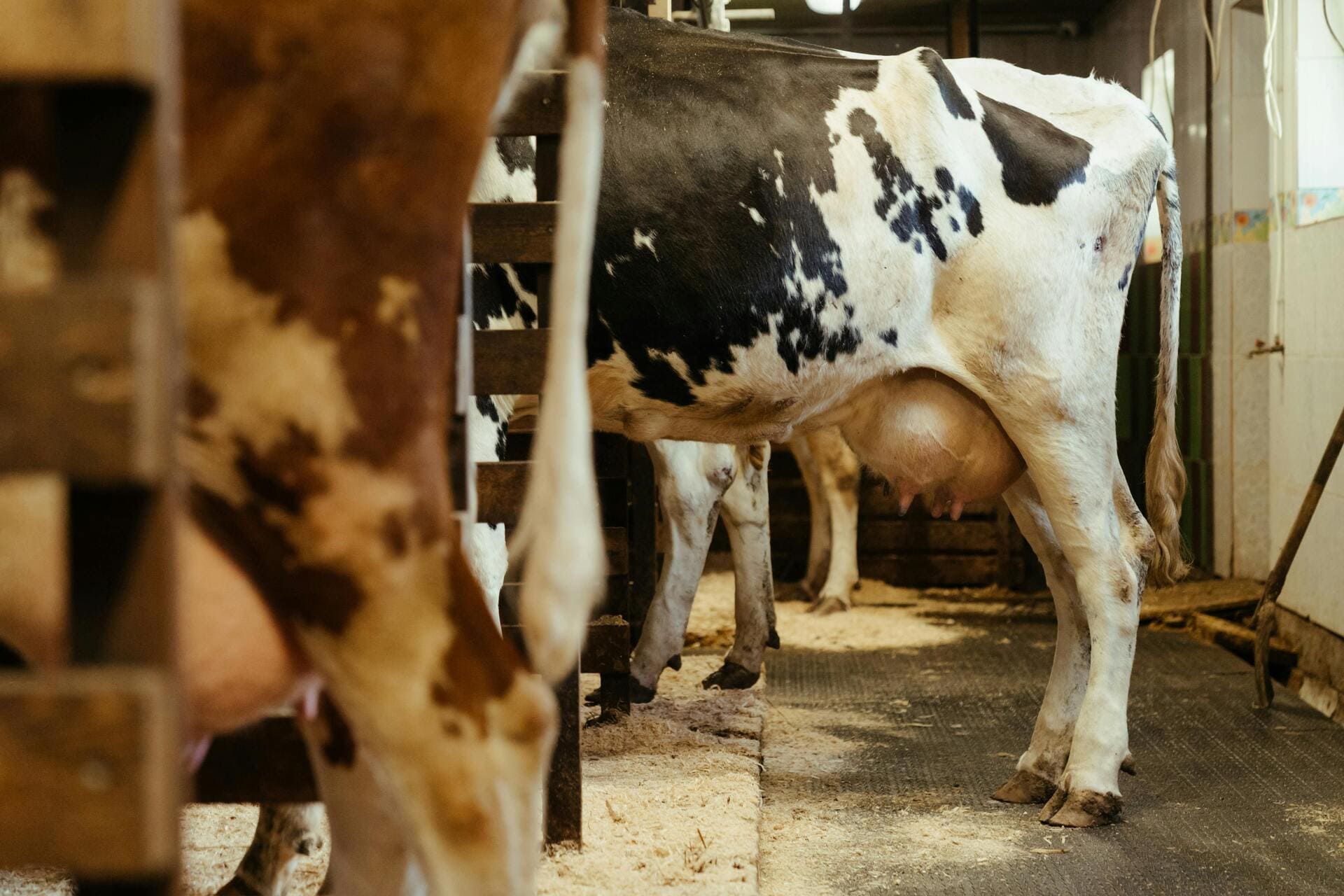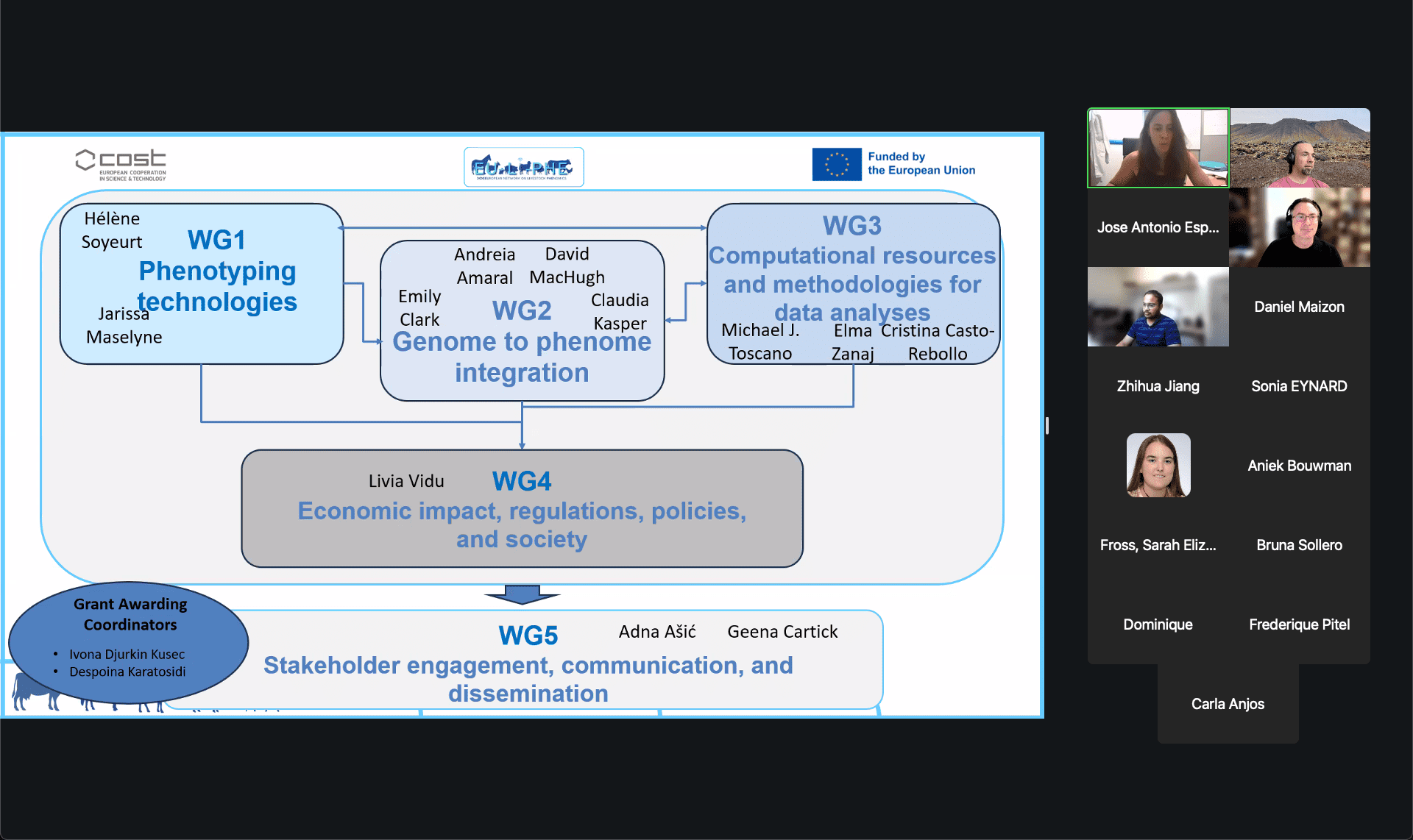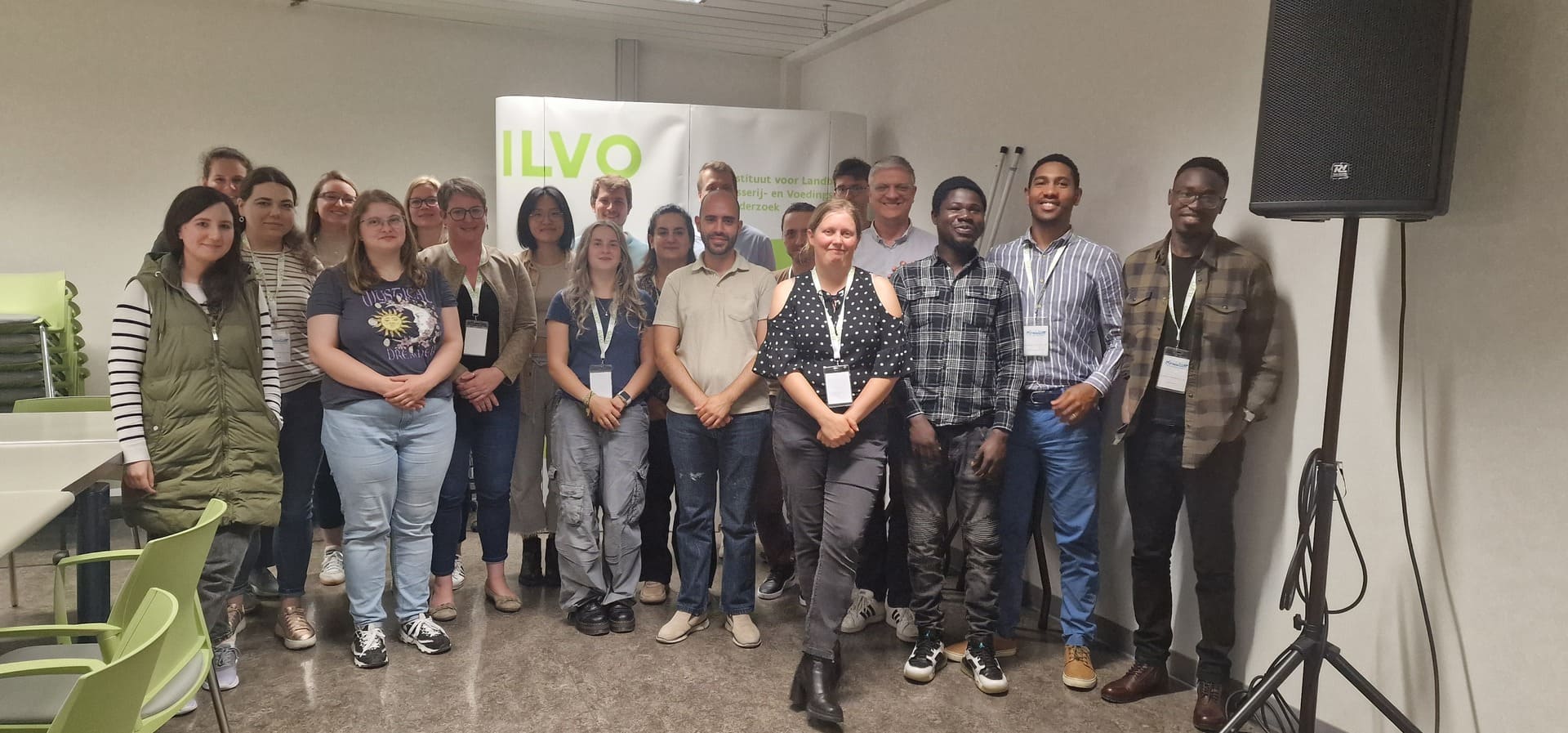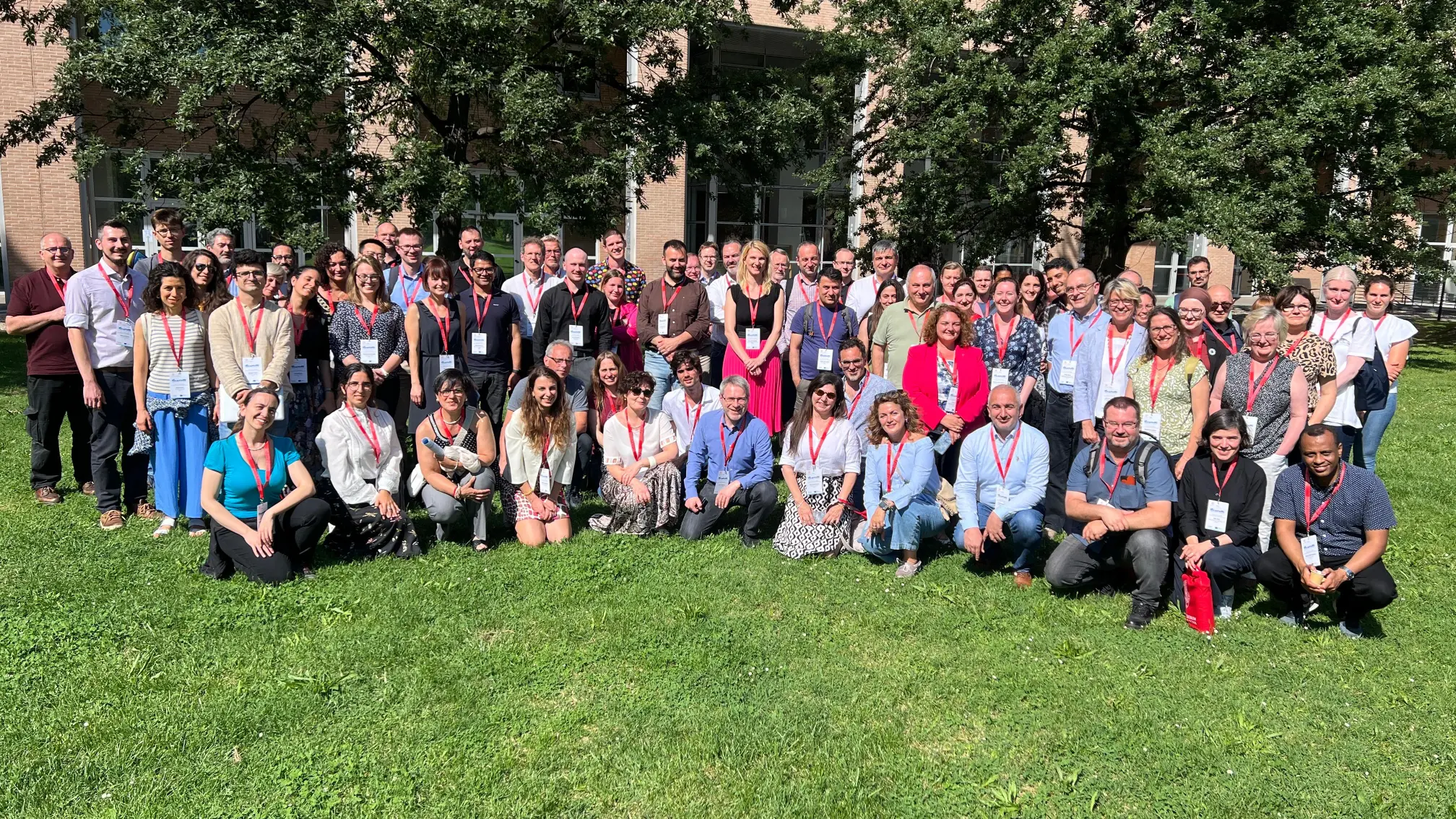We are excited to announce the publication of an article that will significantly influence the dairy industry’s approach to milk production forecasting, co-authored by EU-LI-PHE member, Andrea Mario Vergani from Politecnico di Milano, Department of Electronics, Information and Bioengineering. The study, titled “Predicting bovine daily milk yield by leveraging genomic breeding values” was conducted on a herd of 502 Holstein cows in Italy and introduces a novel machine learning-based method that leverages genotypic information to predict individual bovine daily milk production with unprecedented accuracy.
The research, led by a team of experts in animal science and machine learning, aimed to enhance milk yield forecasting by integrating genomic data into predictive models. By analyzing genotypic and phenotypic variables commonly available within herds, the team devised a two-step approach, including a genomic prediction model to calculate animal’s genomic breeding value from marker data, and combining this data with environmental factors such as parity, days in milk, age at calving, and month of calving using a feed-forward neural network. Notably, the study evaluated the inclusion of genomic breeding values provided by both within-herd calculations and breeders’ associations, finding that the latter yielded superior predictions. Moreover, the researchers introduced a problem formulation that incorporates additional factors, such as the number of milkings and concentrate consumption within automatic milking systems, further enhancing prediction capabilities.
With the decreasing costs of genotyping and the advance in use of sensor technology on dairy farms, the proposed solution holds immense potential for supporting breeders’ herd management and animal monitoring efforts. Using this approach, breeders can make more informed decisions regarding nutrition, breeding, and overall herd health. The integration of genomic data represents a significant advancement in the field, offering unprecedented insights into bovine milk production dynamics.
EU-LI-PHE would like to congratulate Andrea for this publication.
For more details, you can see the publication here.




